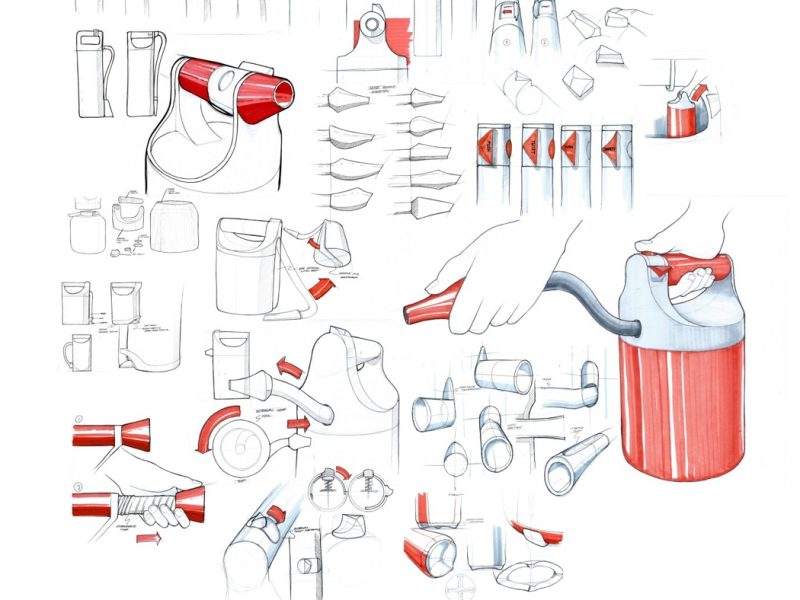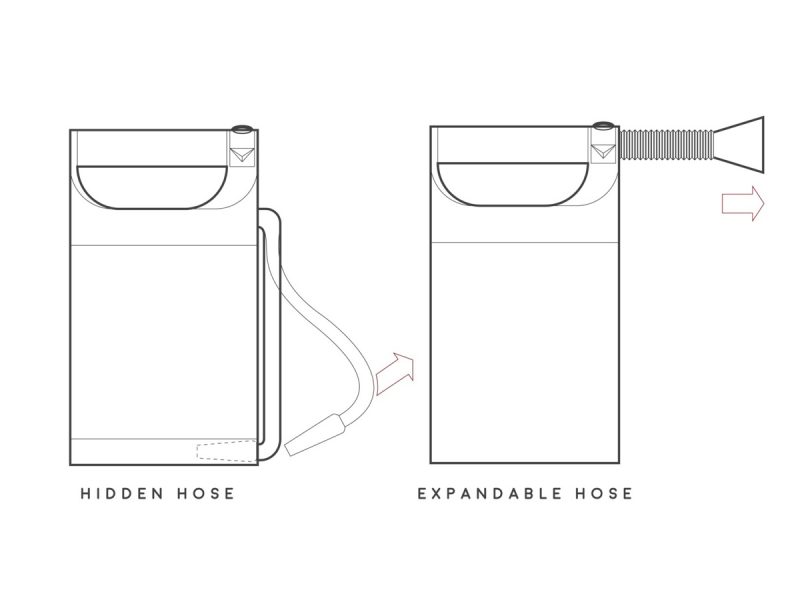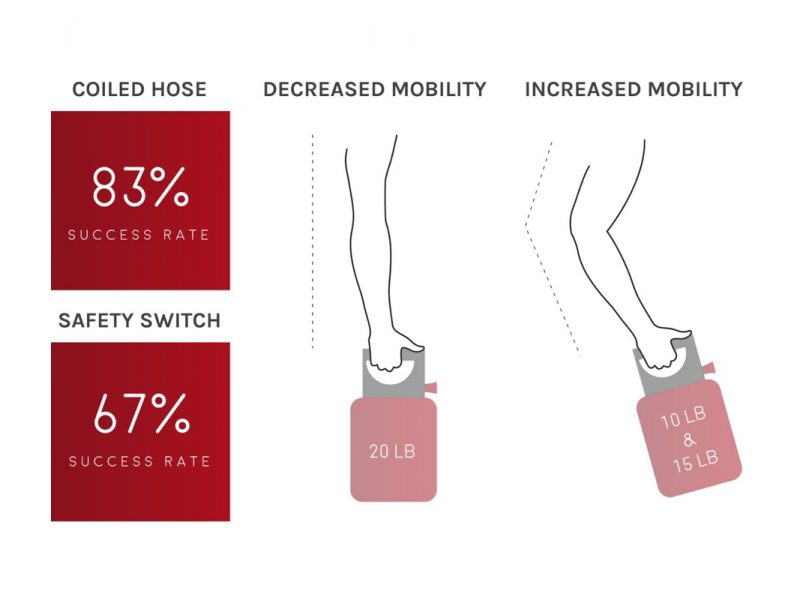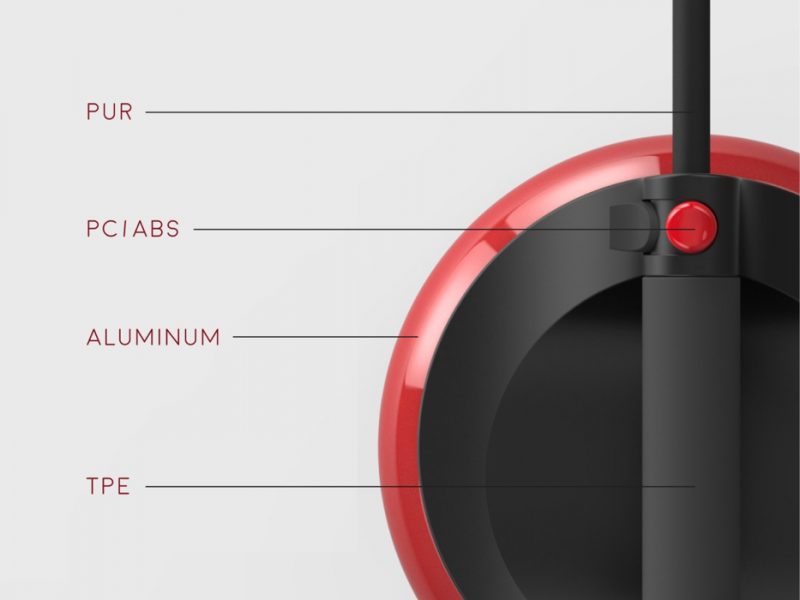Industrial designers play a vital role on product development teams to ensure the connection between a product and its end user.
Industry focused
The Bachelor of Industrial Design program is structured to meet the professional requirements of industrial design practice. Design studios currently form the core of the program. Program requirements also include courses in psychology, physics, math, economics, and marketing, which provide a solid academic background in areas relevant to the practice of industrial design.
Success factors
The industrial designer is often responsible for communicating and contextualizing conceptual ideas in an interdisciplinary team that may involve anthropologists, management, marketing, engineering, and manufacturing specialists. Graduates offer a unique contribution to interdisciplinary teams, and are adept at working with professionals from other fields.
Study sequence
An overview of the undergraduate program’s complete course and elective structure can be seen in the Study Sequence Chart [PDF].
Consists of a multidisciplinary curriculum structured to develop the knowledge and skills important to the profession. Students take basic courses in industrial design that focus on both theory and practice as well as courses in math, physics, psychology and economics.
Topics introduced are mass-production technology, ergonomics, form and colour, perception, and computer applications. These courses establish a foundation for a range of industrial design projects, some of which are undertaken with practicing industrial designers. Students can select from a range of electives available in other disciplines on campus.
Students delve into more complex and structured industrial design projects that are accompanied by courses in ergonomics and contextual studies. Students also take a marketing course offered by Carleton’s School of Business. They are encouraged to choose third year electives from other disciplines on campus, especially business and psychology.
The focus is on managing multiple design projects organized around a comprehensive, major design project. An intellectual understanding of design issues is fostered through a professional practice course, an industrial internship, and a design seminar. Students are encouraged to take elective courses in other departments in the Faculties of Arts and Social Sciences, Science, and Engineering to enhance their industrial design projects.
Student work
A sample project by BID student Rob Shudra demonstrates typical project development from ideation to full-scale model.

Conceptual sketches

Wireframe modelling

Ergonomic assessment

Use of materials

Full-scale modelling and user testing

Product instructional design
We learn how you get a product from sketching to the manufacturing process and everything along the way you need to consider.
Hannah Goss, BID Student
How to apply
BID application information at a glance.
01. Academic transcripts
Students are required to have completed 4U level courses (unless otherwise indicated).
02. Portfolio
All students must submit a portfolio showing their ability to think and work creatively.
03. Resume
An overview of academic accreditation, work experience, interests, and other activities that may be relevant.
04. Statement of interest
A brief and concise statement underscoring the reasons for studying industrial design.

